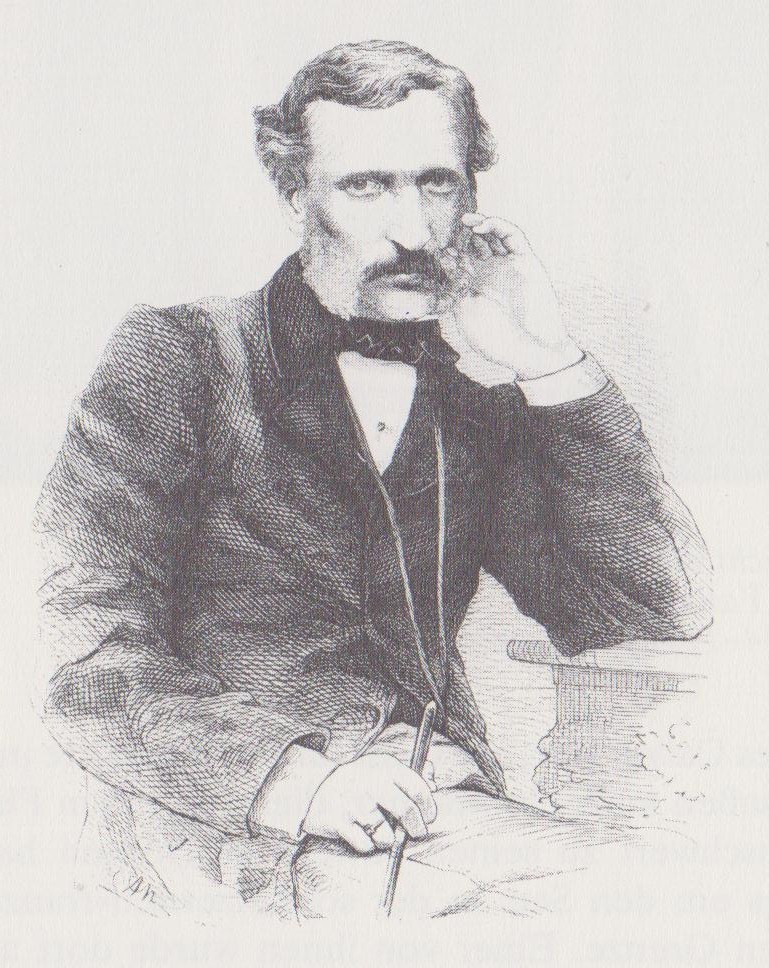|
Op 10
In music, Op. 10 stands for Opus number 10. Compositions that are assigned this number include: * Beethoven – Piano Sonata No. 5 (Beethoven), Piano Sonata No. 5 * Beethoven – Piano Sonata No. 6 (Beethoven), Piano Sonata No. 6 * Beethoven – Piano Sonata No. 7 (Beethoven), Piano Sonata No. 7 * Brahms – Ballades, Op. 10 (Brahms), 4 Ballades * Britten – Variations on a Theme of Frank Bridge * Chopin – Études (Chopin), Études Op. 10 * Dohnányi – Serenade in C major * Duruflé – Quatre Motets sur des thèmes grégoriens * Dvořák – Symphony No. 3 (Dvořák), Symphony No. 3 * Enescu – Piano Suite No. 2 (Enescu), Piano Suite No. 2 * Ginastera – Cinco canciones populares argentinas * Ippolitov-Ivanov – Caucasian Sketches, Suite No. 1 * Larsson – Sinfonietta (Larsson), Sinfonietta in C major, for strings (1932) * Mozart – Haydn Quartets (Mozart), Haydn Quartets * Prokofiev – Piano Concerto No. 1 (Prokofiev), Piano Concerto No. 1 * Rachmaninoff – Morceau ... [...More Info...] [...Related Items...] OR: [Wikipedia] [Google] [Baidu] |
Opus Number
In musicology, the opus number is the "work number" that is assigned to a musical composition, or to a set of compositions, to indicate the chronological order of the composer's production. Opus numbers are used to distinguish among compositions with similar titles; the word is abbreviated as "Op." for a single work, or "Opp." when referring to more than one work. To indicate the specific place of a given work within a music catalogue, the opus number is paired with a cardinal number; for example, Beethoven's Piano Sonata No. 14 in C-sharp minor (1801, nicknamed ''Moonlight Sonata'') is "Opus 27, No. 2", whose work-number identifies it as a companion piece to "Opus 27, No. 1" ( Piano Sonata No. 13 in E-flat major, 1800–01), paired in same opus number, with both being subtitled ''Sonata quasi una Fantasia'', the only two of the kind in all of Beethoven's 32 piano sonatas. Furthermore, the ''Piano Sonata, Op. 27 No. 2, in C-sharp minor'' is also catalogued as "Sonata No. 14", ... [...More Info...] [...Related Items...] OR: [Wikipedia] [Google] [Baidu] |
Caucasian Sketches, Suite No
Caucasian may refer to: Anthropology *Anything from the Caucasus region ** ** ** ''Caucasian Exarchate'' (1917–1920), an ecclesiastical exarchate of the Russian Orthodox Church in the Caucasus region * * * Languages * Northwest Caucasian languages * Northeast Caucasian languages * South Caucasian languages * Dené–Caucasian languages Other uses * Certain types of animals: ** Brown Caucasian cattle, a cattle breed ** Caucasian honey bee, a sub-species of the western honey bee ** North Caucasian pig, a pig breed ** Caucasian snowcock, a type of bird ** Caucasian Shepherd Dog, a dog breed * Caucasian, a nickname for a white Russian (cocktail) See also *Caucasophobia, racism in Russia toward native Caucasus inhabitants *Caucasia (other) *Caucasian peoples (other) *Caucasus (other) Caucasus or Caucasia is a geographic region in Eurasia. Caucasus may also refer to: Places *North Caucasus The North Caucasus, ( ady, Темыр Къафкъа� ... [...More Info...] [...Related Items...] OR: [Wikipedia] [Google] [Baidu] |
Die Nacht (Strauss)
"" ("The Night") is an art song composed by Richard Strauss in 1885, setting a poem by the Austrian poet Hermann von Gilm. It was included in the first collection of songs Strauss ever published, as Op. 10 in 1885 (which included also "Zueignung"). The song is written for voice and piano. Composition history In 1882, his friend Ludwig Thuile introduced Strauss to the poetry of Gilm contained in the volume ' (last leaves), published in the year of the poet's death (and the composer's birth) 1864, which contained the poem ''Die Nacht''. The Opus 10 songs were all intended for the tenor voice. Alan Jefferson wrote: Die Nacht is a song of trembling and yearning, a song tinged with fear that the night, which takes away the familiar shapes of daylight, will also steal the beloved...Strauss manages to convey the manner in which the all-embracing power of night is stealing so mercilessly over everything: first by the a powerful (though gentle) rhythmic beat; and then by the minor s ... [...More Info...] [...Related Items...] OR: [Wikipedia] [Google] [Baidu] |
Karelia (Sibelius)
''Karelia Suite'', Opus number, Op. List of compositions by Jean Sibelius, 11 is a subset of pieces from the longer ''Karelia Music'' (named after the region of Karelia) written by Jean Sibelius in 1893 for the Viipuri Students' Association and premiered, with Sibelius conducting, at the University of Helsinki#Imperial Alexander University in Finland 1828–1919, Imperial Alexander University in Helsinki, Grand Duchy of Finland, on 23 November of that year. Sibelius first conducted the shorter ''Suite'' ten days later; it remains one of his most popular works. ''Karelia Music'' was written in the beginning of Sibelius's compositional career, and the complete ''Music'' consists of an Overture, 8 Tableau vivant, Tableaux, and 2 intermezzo, Intermezzi; it runs for about 44 minutes, whereas the ''Suite'' lasts about 12 minutes. The rough-hewn character of the ''Music'' was deliberate – the aesthetic intention was not to dazzle with technique but to capture the quality of naive, f ... [...More Info...] [...Related Items...] OR: [Wikipedia] [Google] [Baidu] |

